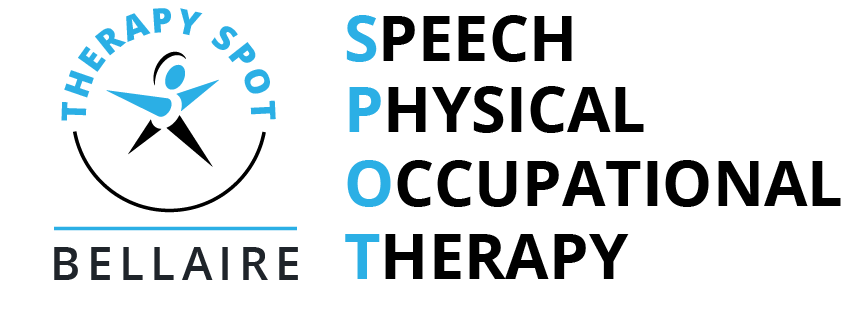Many surgeons tell their patients that rehab is unnecessary after a meniscus arthroscopic surgery or repair, ACL repair, or even non-operative procedures such as injections or splinting. This is simply poor advice. The latest peer reviewed research indicates rather strongly that physical therapy is superior to a home program only. Here is one example;
How does a combined preoperative and postoperative rehabilitation programme influence the outcome of ACL reconstruction 2 years after surgery? A comparison between patients in the Delaware-Oslo ACL Cohort and the Norwegian National Knee Ligament Registry.
Abstract
BACKGROUND:
Preoperative knee function is associated with successful postoperative outcome after anterior cruciate ligament reconstruction (ACLR). However, there are few longer term studies of patients who underwent progressive preoperative and postoperative rehabilitation compared to usual care.
OBJECTIVES:
To compare preoperative and 2 year postoperative patient-reported outcomes (PROs) in patients undergoing progressive preoperative and postoperative rehabilitation at a sports medicine clinic compared with usual care.
METHODS:
We included patients aged 16-40 years undergoing primary unilateral ACLR. The preoperative and 2 year postoperative Knee Injury and Osteoarthritis Outcome Score (KOOS) of 84 patients undergoing progressive preoperative and postoperative rehabilitation at a sports medicine clinic (Norwegian Research Center for Active Rehabilitation (NAR) cohort) were compared with the scores of 2690 patients from the Norwegian NationalKnee Ligament Registry (NKLR). The analyses were adjusted for sex, age, months from injury to surgery and cartilage/meniscus injury at ACLR.
RESULTS:
The NAR cohort had significantly better preoperative KOOS in all subscales, with clinically relevant differences (>10 points) observed in KOOS Pain, activities of daily living (ADL), Sports and Quality of Life. At 2 years, the NAR cohort still had significantly better KOOS with clinically relevant differences in KOOS Symptoms, Sports and Quality of Life. At 2 years, 85.7-94% of the patients in the NAR cohort scored within the normative range of the different KOOS subscales, compared to 51.4-75.8% of the patients in the NKLR.
CONCLUSIONS:
Patients in a prospective cohort who underwent progressive preoperative and postoperative rehabilitation at a sports medicine clinic showed superior patient-reported outcomes both preoperatively and 2 years postoperatively compared to patients in the NKLR who received usual care
